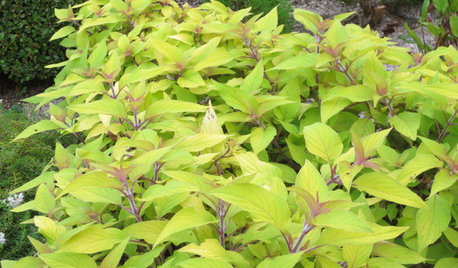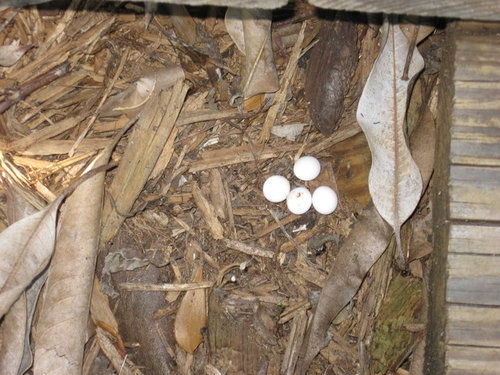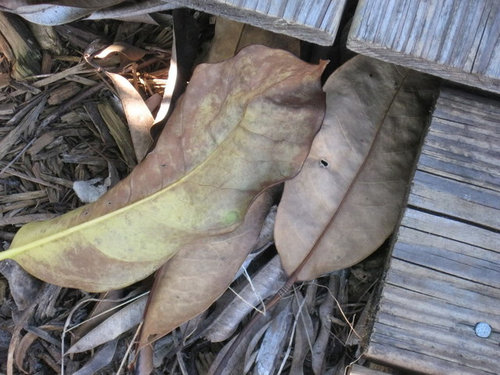Surprise!
nfmgirl
15 years ago
Related Stories

BASEMENTSHouzz TV: Ashton Kutcher Surprises Mom With the Basement of Her Dreams
In a new Houzz original series, the actor uses the Houzz app to find a designer and shop products to turn the dark area into a bright space
Full Story
REMODELING GUIDES8 Remodeling Costs That Might Surprise You
Plan for these potential budget busters to keep a remodeling tab from escalating out of control
Full Story
CONTRACTOR TIPSContractor Tips: 10 Remodel Surprises to Watch Out For
Know the potential setbacks before you start to save headaches and extra costs in the middle of a renovation
Full Story
GARDENING GUIDESYour Garden: 6 Fragrant Plants Surprise and Delight
Enchant the senses and enliven your landscape with scented foliage that goes beyond everyday florals
Full Story
LIFESurprising Ways to Pare Down at Home
All those household items you take for granted? You might not need them after all. These lists can help you decide
Full Story
KITCHEN DESIGNKitchen Sinks: Easy-Clean, Surprisingly Affordable Ceramic
You get a lot for the price with ceramic sinks, and they're available everywhere. See the pros and cons here
Full Story
MY HOUZZMy Houzz: Surprise Revealed in a 1900s Duplex in Columbus
First-time homeowners tackle a major DIY hands-on remodel and uncover a key feature that changes their design plan
Full Story
HOUZZ TOURSMy Houzz: A Surprisingly Light Lakeside Log Cabin
Light gray paint and lots of natural light take this cabin on a Michigan lake out of moody country
Full Story
BEFORE AND AFTERSA Surprise Design Makeover for a Pittsburgh Family Home
Before and After: Houzz partners with ‘The Ellen DeGeneres Show’ for a very special interior update. Check out the beautiful transformation
Full Story










goldenpond
wanda662
Related Discussions
Surprise Bloom and More Surprise Scapes
Q
Surprise,surprise,surprise!
Q
Surprise, Surprise, Surprise
Q
Surprise surprise
Q
gatormomx2
nfmgirlOriginal Author
goldenpond
rainy230